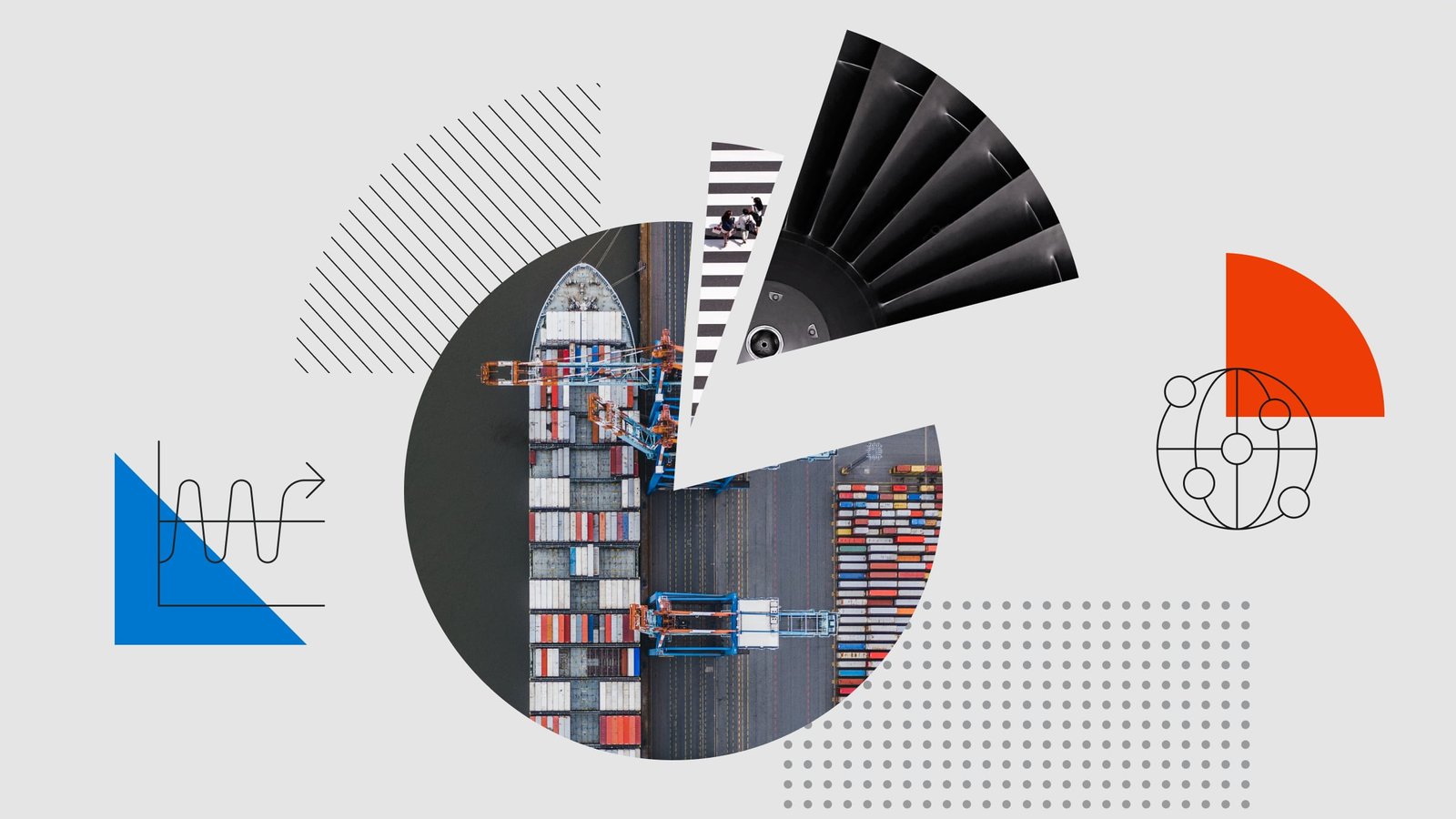With the pause on President Donald Trump’s tariffs set to expire at the beginning of August, investors are once again bracing for a return to a highly unpredictable policy environment.
Despite recent positive developments in tariff negotiations, US trade policy remains a key source of uncertainty for investors.
In this environment, it is more important than ever to approach investment decisions through the lens of a range of possible outcomes, given the elevated uncertainty around what comes next.
To develop a more comprehensive view of what these tariffs could mean for the market and economy, we created several potential scenarios: a base case, a bull case, and two versions of bear cases. We then analyzed how core fixed-income assets might perform under each scenario.
By understanding these potential scenarios, investors can assess potential risks and opportunities and better position the fixed-income portion of their portfolios amid heightened uncertainty.
Tariff Policies: Base Case and Alternative Economic Scenarios
Base Case
Let’s start with a recap of our base-case forecast.
With the paring back of China tariffs and the accompanying stock market rally, some recession risk has come off the table. As a result, in our most recent economic outlook, we raised our near-term gross domestic product forecasts and now estimate recession odds at 25%, down from 35%–40% in April.
However, with average tariff rates expected to remain elevated over the next five years, we still anticipate a prolonged drag on economic growth, with real GDP in 2029 projected to be about 1% below our pre-April forecast.
Inflation, which had fallen to 2.5% in 2024 from 6.6% in 2022, is expected to rise again as tariffs push up goods prices and eventually spill into broader inflation, peaking in 2026 before declining amid weak growth-driven disinflationary pressures.
We now expect tariffs to average 11.5% from 2025–29. Over time, we expect tariffs to gradually decline as economic costs mount and political pressure builds—especially if Democrats gain ground in 2026 or a new president takes office in 2029. Still, some tariffs may prove sticky, particularly if US-China tensions persist.
In the near term, tariff policy could go either direction, as both escalation and rollback are plausible. As a result, we developed three additional scenarios to cover these possible tariff paths.
Bull Case
In the optimistic scenario, tariffs are either rolled back quickly or have limited economic impact.
- Real GDP growth remains largely intact, with the economy recovering to a steady growth rate of around 1.5%.
- Inflation continues its downward trend, although it remains modestly above the Federal Reserve’s 2% target.
This environment reflects resilient consumer and business activity, and the inflation overshoot is not significant enough to warrant aggressive policy responses.
Bear Case: Recession
In this downside scenario, escalating trade tensions and retaliatory measures trigger a broad-based global recession.
- Real GDP contracts, reflecting a sharp decline in investment, consumption, and cross-border trade.
- Inflation remains high in the near term due to tariff-induced cost pressures but eventually declines as weakened demand and tightening financial conditions exert disinflationary forces.
This mirrors a classic stagflation-to-recession dynamic.
Bear Case: Inflation
Under this downside case scenario, an intensifying tariff war leads to both stagnant economic growth and a renewed surge in inflation.
- Real GDP stagnates, with minimal or no growth, while inflation accelerates sharply, surpassing 4% and becoming more entrenched.
- Supply chain disruptions, elevated import costs, and weak policy response contribute to a more severe and persistent inflationary environment, raising the risk of a policy misstep and prolonged macroeconomic instability.
Investment Implications of Tariff Scenarios for Fixed-Income Assets
With these four scenarios defined, we translate them into assumptions for yield-curve shifts and credit spread movements. This allows us to simulate return outcomes across global fixed-income assets and assess their potential performance under each scenario.
A key advantage of this approach is that it incorporates both current market valuations and the projected path forward—meaning asset classes that already appear richly valued may offer limited upside, even in the most optimistic scenario.
You can see that we expect positive returns for US Treasuries and cash over the next 12 months across scenarios, though the extent of those returns vary.
The biggest wild card is emerging-market debt, which could see double-digit gains over the next 12 months in a bull case and double-digit losses in an inflationary bear case.
How Investors Can Prepare Their Portfolios for Tariffs
With these potential scenarios in mind, here are a few key considerations for investors when positioning the fixed-income portion of their portfolio.
Higher-Quality Assets Offer a More Favorable Risk/Reward Balance
In the current environment of elevated uncertainty, higher-quality fixed-income assets—such as government bonds—stand out for their relative stability and downside protection.
These assets are better positioned to weather a range of macroeconomic scenarios, offering more-reliable income streams and lower volatility compared with lower-rated credit instruments. Their role as a defensive anchor in portfolios becomes especially valuable when the outlook is clouded by policy shifts and market volatility.
Longer-Duration Assets Carry Greater Sensitivity and Risk
Long-duration assets, including long-dated government bonds, are generally well-positioned to benefit in scenarios where growth slows and interest rates decline. However, their heightened sensitivity to rate changes also makes them vulnerable to upward surprises in inflation or shifts in monetary policy expectations.
While these assets can provide meaningful upside in recessionary or disinflationary scenarios, investors should remain cautious of duration risk, especially in the face of volatile rate movements and uncertain policy direction.
Riskier Credit Lacks Compelling Upside and Remains Vulnerable to Downside Risks
High-yield and other lower-rated credit assets currently offer limited compensation for the risks they entail. Credit spreads remain tight relative to historical norms, suggesting modest return potential even in benign scenarios. Meanwhile, these assets are particularly exposed in adverse scenarios—such as a recession or stagflation—when defaults may rise and risk premiums widen significantly.
As such, their asymmetrical payoff profile warrants investor caution.
Emerging-Market Debt Is Most Exposed to the Dual Impact of Rising Borrowing Costs and Weaker Growth
Among major fixed-income sectors, emerging-market debt faces the steepest challenges under a bear inflationary outlook. The combination of higher global interest rates and weakening demand in developed markets can drive capital outflows, currency depreciation, and increased funding pressures for emerging-market sovereigns and corporates. This dual vulnerability—rising cost of capital and deteriorating macro fundamentals—makes emerging-market debt particularly susceptible to volatility and underperformance in stress scenarios.
As the 90-day pause draws to a close and uncertainty is likely to return, thinking in terms of a range of outcomes can help guide investors through volatile market conditions.







